Waking up with a sharp, nagging pain in your lower back isn’t just frustrating—it can throw off your whole day. Maybe it shoots down your leg when you bend over, or there’s a dull ache that just won’t quit. A herniated disc isn’t just a fancy term on an MRI report; it’s something you feel every time you move. But what does that pain actually mean?
While an MRI shows the physical damage, chiropractors take it a step further, decoding your discomfort to understand how your body is responding. They look beyond the scan to pinpoint what’s really happening—why you’re in pain, what’s making it worse, and how to get relief.
If you’ve ever wondered why some days hurt more than others or why certain movements feel impossible, you’re not alone. Let’s break it down in a way that actually makes sense.
How does a herniated disc physically feel compared to other back pain conditions?
A herniated disc can feel different from other types of back pain due to how it affects the nerves. Here’s how the sensation of a herniated disc compares to other back pain conditions:
- Radiating Pain: A herniated disc often causes pain that radiates from the lower back to the legs (sciatica) or from the neck to the arms. This is because the herniated disc presses on nearby nerves, leading to pain, tingling, or numbness in areas distant from the spine. In contrast, muscle strains or other back injuries usually cause localized pain.
- Sharp, Shooting Pain: Herniated discs often cause sharp, shooting pain, particularly when moving, bending, or lifting. This sudden pain differs from the dull, aching discomfort associated with muscle strains or tension, which tends to be more constant and less intense.
- Numbness and Tingling: The nerve compression from a herniated disc may also cause numbness or a “pins and needles” sensation, typically not seen with simple muscle-related back pain. This is due to the herniated disc putting pressure on the nerve roots.
- Weakness: As the nerve becomes more compressed, you may experience weakness in the affected muscles, making it harder to move or lift objects. This weakness sets herniated discs apart from typical muscle pain or tightness, which does not usually lead to muscle weakness.
The sensation of a herniated disc can be far more disruptive than other types of back pain, requiring specialized care and treatment.
What signs do chiropractors look for when diagnosing a herniated disc beyond an MRI?
When diagnosing a herniated disc, chiropractors go beyond MRI results to assess how the condition affects your body. Here are key signs they look for during their evaluation:
- Posture and Alignment: Chiropractors observe your posture and spinal alignment, as a herniated disc can cause imbalances or abnormal curvature in the spine. They may notice slouching, uneven shoulders, or an altered gait, indicating spinal misalignment due to the herniation.
- Pain Distribution: Chiropractors assess where you feel pain, paying attention to whether it radiates to other areas like the legs, feet, or arms. Radiating pain is a key sign that a disc is pressing on nerves, causing referred pain (sciatica or cervical radiculopathy).
- Range of Motion: Limited flexibility or pain when bending, twisting, or turning can indicate a herniated disc. Chiropractors perform physical tests to evaluate how certain movements affect your pain and mobility.
- Reflexes and Sensitivity: A chiropractor will test your reflexes and sensory responses in the limbs to detect nerve involvement. Diminished reflexes, numbness, or tingling in specific areas help pinpoint which nerves are affected.
- Muscle Weakness: Herniated discs often cause muscle weakness in the areas affected by nerve compression. Chiropractors test muscle strength to see if any weakness is present, which helps diagnose the severity of nerve involvement.
Chiropractors use this combination of physical examination and symptoms to accurately diagnose and treat a herniated disc, providing personalized care based on how the condition impacts your body.
How do chiropractors differentiate herniated disc pain from muscle strain or nerve issues?
Chiropractors differentiate herniated disc pain from muscle strain or nerve issues by conducting a thorough physical examination, considering your symptoms, and testing for specific signs. Here’s how they identify the differences:
- Pain Location and Radiation
- Herniated Disc: Due to nerve compression, pain from a herniated disc often radiates down the arms or legs (sciatica or cervical radiculopathy). This type of pain is sharp and shooting and can extend beyond the local area of the injury.
- Muscle Strain: Muscle strains typically cause localized pain that doesn’t radiate. The pain is often dull or aching and is concentrated in the affected muscle group without extending to other body parts.
- Nerve Issues: Nerve pain can be similar to herniated disc pain but may not be linked to a specific spinal level. It may also involve sensations of tingling, burning, or numbness.
- Range of Motion
- Herniated Disc: Chiropractors test for limited motion due to nerve compression. Movement may worsen pain, and certain positions (like bending forward or twisting) often trigger discomfort.
- Muscle Strain: Muscle strain pain usually improves with rest, and mobility is reduced due to muscle tightness or spasms.
- Nerve Issues: Nerve pain can cause stiffness but may not necessarily affect movement unless accompanied by weakness or numbness.
- Physical Tests
- Herniated Disc: Chiropractors perform specific tests like the straight leg raise (for lower back herniations) to provoke pain radiating down the leg, which indicates nerve involvement from a disc issue.
- Muscle Strain: Physical exams for muscle strains focus on palpating the muscle for tightness or tenderness and testing flexibility and strength.
By carefully assessing these factors, chiropractors can accurately determine whether your pain is caused by a herniated disc, muscle strain, or nerve issue.
What role does spinal alignment play in the symptoms of a herniated disc?
Spinal alignment plays a crucial role in the symptoms and severity of a herniated disc. Misalignments in the spine can worsen the condition and increase pain, discomfort, and nerve compression. Here’s how spinal alignment impacts a herniated disc:
- Increased Pressure on the Disc: Spinal misalignment can place additional pressure on the affected disc, exacerbating the herniation. An uneven distribution of weight and strain can lead to further disc displacement and intensifying pain.
- Nerve Compression: Spinal misalignment may narrow the spaces where nerves exit the spine, causing additional compression on the nerves surrounding the herniated disc. This can result in radiating pain, numbness, tingling, or weakness in the limbs, which are common symptoms of nerve involvement.
- Increased Inflammation: Poor alignment can lead to muscle spasms or inflammation in the surrounding tissues, further irritating the herniated disc and increasing discomfort. Inflammation can also contribute to nerve compression and make it harder for the body to heal.
- Limitation in Mobility: Misalignments affect overall mobility, making it harder to maintain good posture or move freely. This can contribute to the worsening of symptoms and can make daily activities, like bending or lifting, more painful.
Chiropractors address spinal misalignments by performing adjustments to restore proper alignment. This helps alleviate pressure on the disc, reduce nerve compression, and improve overall function, ultimately easing the symptoms of a herniated disc.
Discover Relief for Herniated Disc Pain – Contact Us!
Discover relief for herniated disc pain at Collective Chiropractic! Our experienced chiropractors go beyond MRI results to understand the root cause of your discomfort. We focus on spinal alignment, nerve function, and personalized treatments to ease pain and improve mobility. By addressing the underlying issues, we help reduce pressure on the affected disc and alleviate symptoms like shooting pain, numbness, and weakness.
Whether you’re dealing with acute or chronic pain, we offer effective, non-invasive solutions tailored to your needs. Contact Collective Chiropractic today to schedule your consultation and start your journey toward lasting relief!
